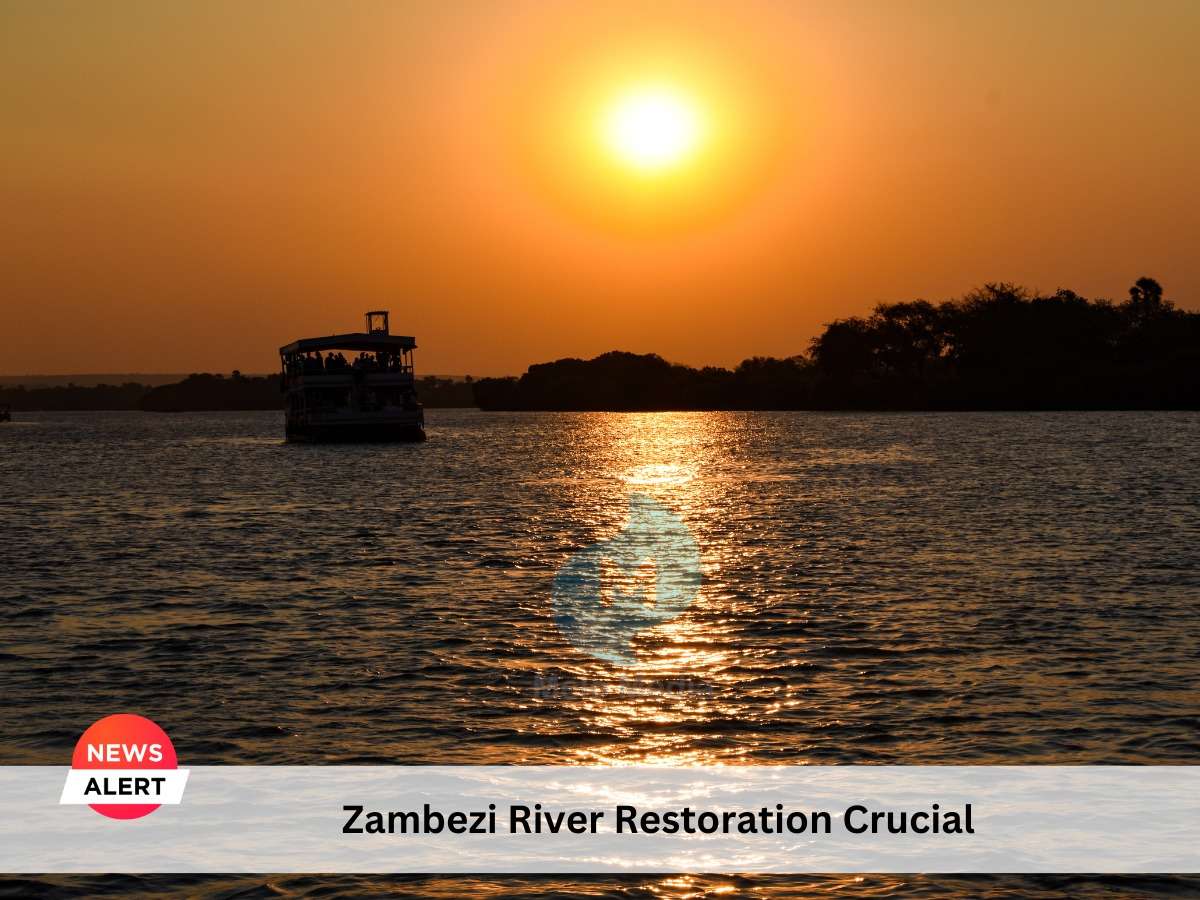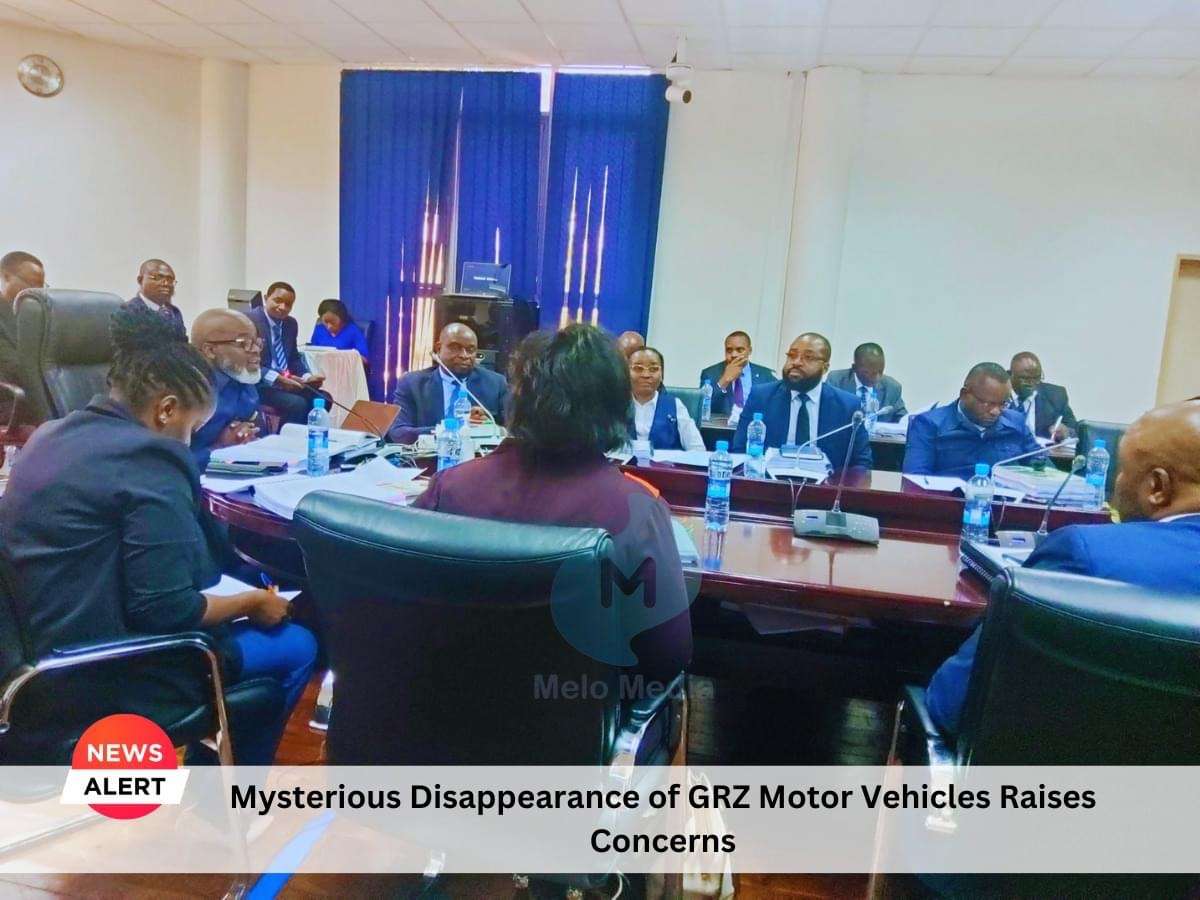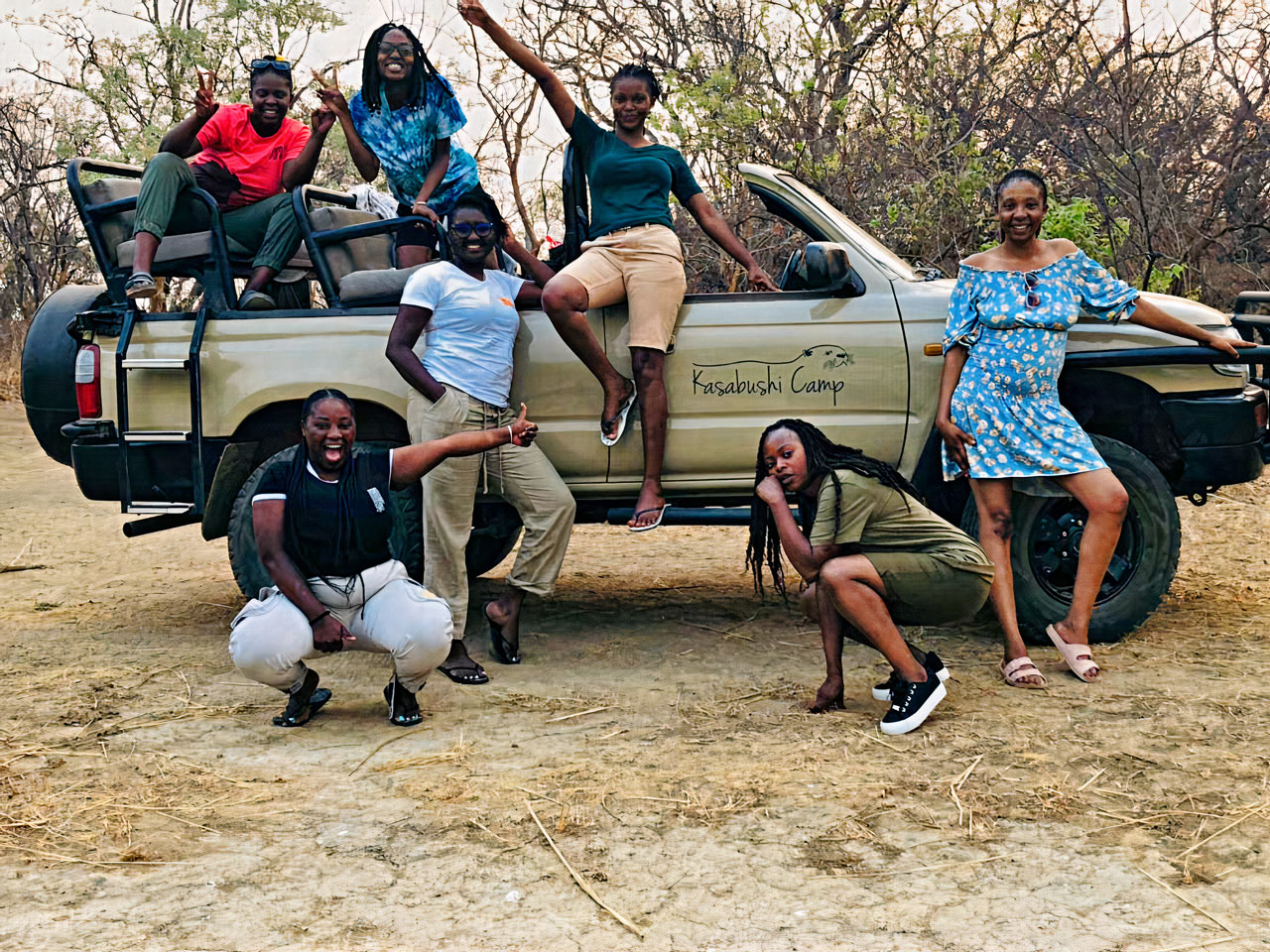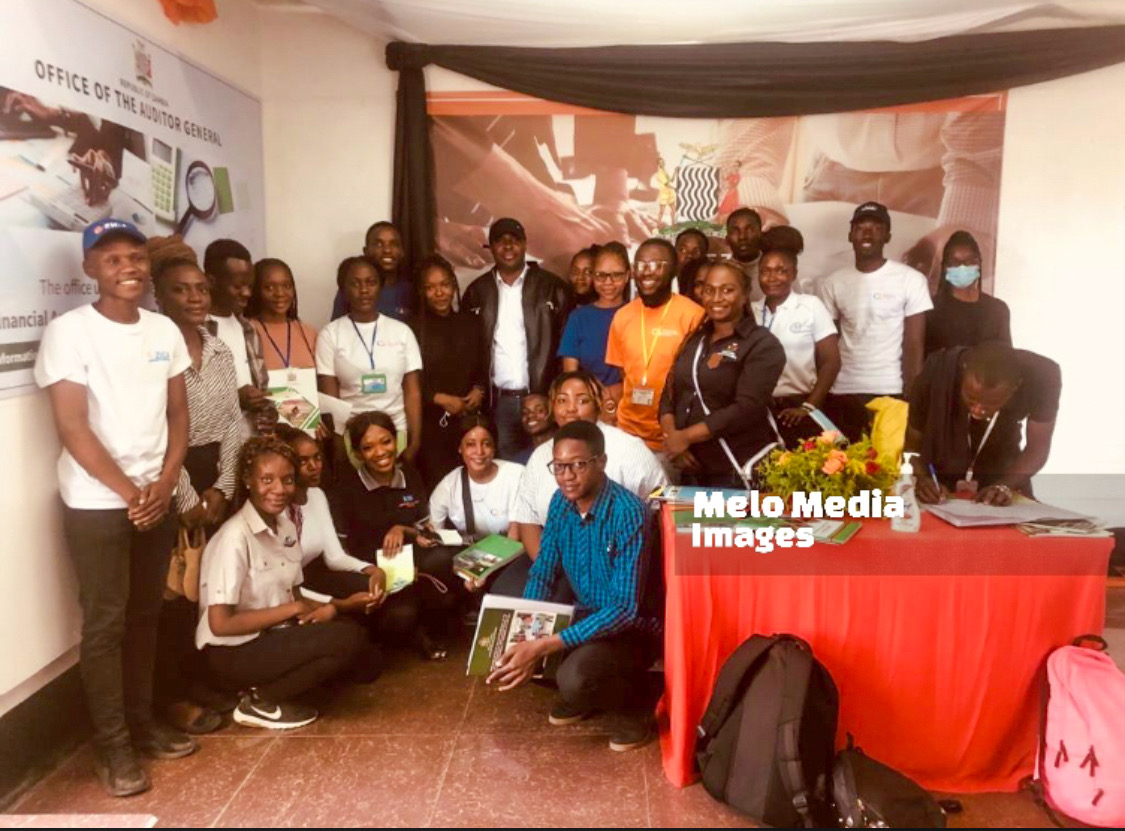Melo Media, Thursday, 16th November, 2023
THE RESTORATION of the Zambezi River is crucial because it guarantees fresh, clean, safe and quality water for use by humans, wildlife and industries. What then is River Restoration? According to Bennett et al., [2011], “River Restoration is used to describe a variety of modifications of river channels and adjacent riparian zones and floodplains, and of the water, sediment, and solute inputs to rivers.” Dr. Kamayoyo Kelvin, Technical Advisor for the first-ever Zambezi River Indaba & Expo 2024 noted that the work to restore the Zambezi River has begun, but people are yet to determine what works best and the most cost efficient approaches especially given the advent of the unrelenting climate change events and the continent’s desire for rapid industrialisation. Dr. Kamayoyo further argued that it was for his reason that the Zambezi River lndaba & Expo will be held in the first quarter of next year under the main theme dubbed: “Promoting River Restoration, Climate Smart Investment, Technology and Water Harvesting for Sustainable Development and Job Creation in Africa” from the 25th to 28th March, 2024 in Livingstone the tourist capital of Zambia.
According to J. David Allan & Margaret A. Palmer [2006], “River restoration means repairing waterways that can no longer perform essential ecological and social functions such as mitigating floods, providing clean drinking water, removing excessive levels of nutrients and sediments before they choke coastal zones, and supporting fisheries and wildlife.” Additionally, according to the European Centre for River Restoration,
“River restoration refers to a large variety of ecological, physical, spatial and management measures and practices. These are aimed at restoring the natural state and functioning of the river system in support of biodiversity, recreateon, flood management and landscape development.”
The definitions cited above vividly demonstrates that the agenda to restore the Zambezi River and its tributaries including catchment areas is not a luxury one but a peremptory transboundary issue which requires diverse stakeholders and effective participation at all levels. Dr. Kamayoyo stressed that effective stakeholder engagement in river restoration process ought to involve a wide range of actors from the public and private sectors including policy makers, traditional leaders, practitioners, scientists, non-government organisations and citizens groups who are potentially impacted.
Dr. Kamayoyo noted that river restoration was one of the most prominent areas of applied water-resources science but it still remains somewhat challenging to ascertain how long it could take to restore a river. However, there are available seemingly cost efficient ways on how to restore a particular river and ultimately contribute to safeguarding the environment. Arguably, a river like the Zambezi River and its catchment areas could be restored in a cost efficient way by planting trees along the river banks to reduce soil erosion and restore biodiversity, encourage responsibile use and management of water resource, remove the weeds, and reduce river pollution caused largely by industries and agriculture farms.
Notwithstanding the aforesaid, river restoration remains crucial to improving the health of rivers and also returning it to its natural state especially using river dynamics which do not interfere with the aquatic ecosystem. Dr. Kamayoyo added that generally the aim of river restoration is to improve the health of rivers and their ecological status. He noted that healthy rivers and streams also could enhance property values near them and could act as viable commercial hubs for recreation thereby stimulating growth in sectors such as the tourism. Dr. Kamayoyo stressed that it was high time and critical that the African Union and other relevant regional bodies came together and established the “African Centre for River Restoration” as a network for best practices of river restoration in Africa and promoter of river healthy, fresh and safe water across the continent. Indisputably, healthy rivers are the lifelines of our planet earth as they continue to provide us with food, clean and safe drinking water, medicines, hydroelectric power, and building materials, inter alia.
The Author is a Zambian economist, scholar, trade policy & competition law expert, humanitarian actions advocate, global policy analyst, and business & investment advisor. For comments or advise contact, cell: +260977700061, email: [email protected]















